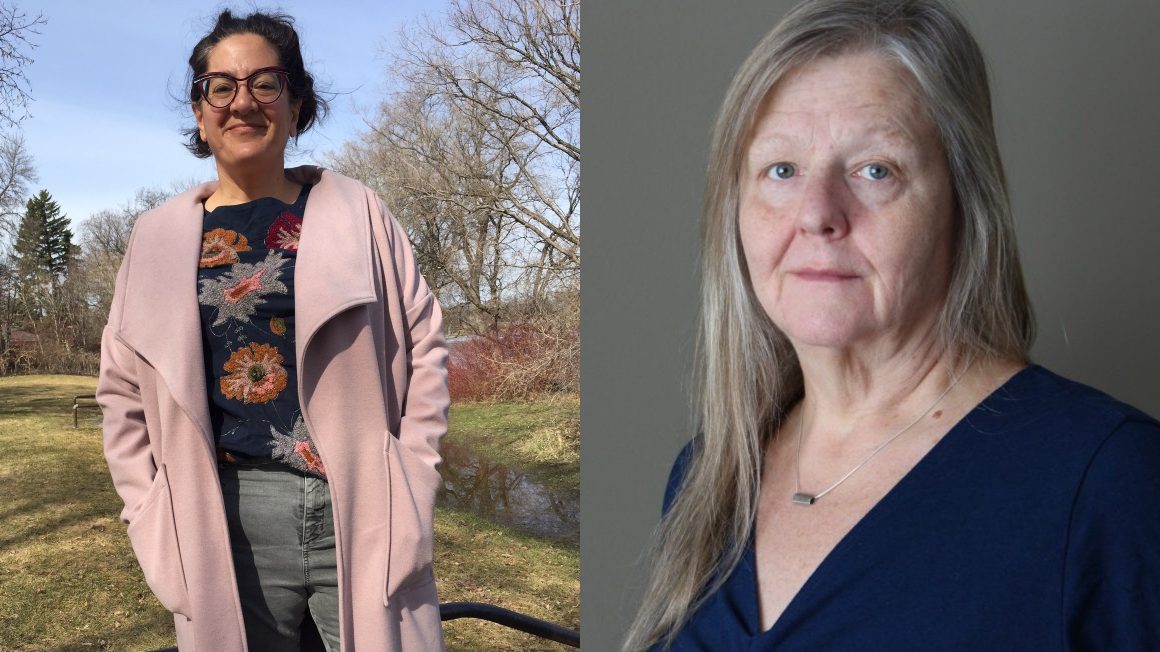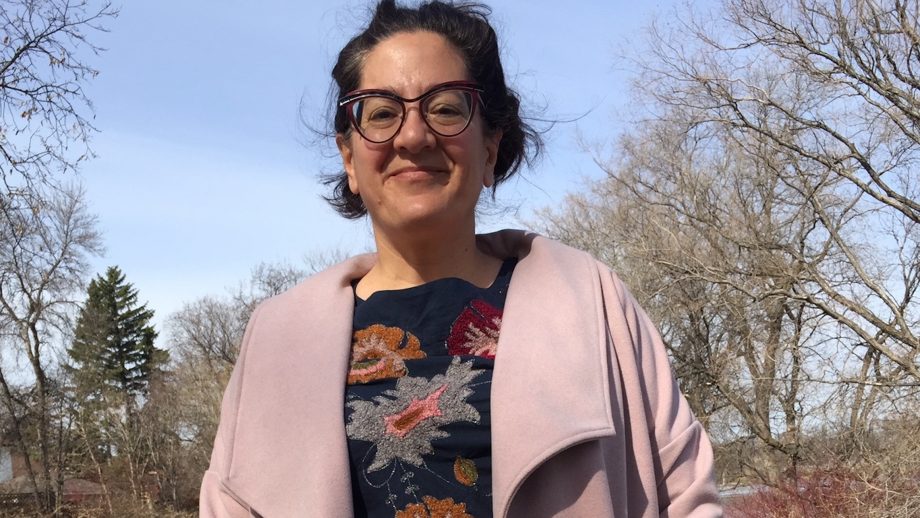The Manitoba Indigenous Tuberculosis History Project (MITHP) has created a Missing Patient Research Guide specific to Manitoba.
This Guide may help those searching for loved ones who were sent away to an IRS in their research.
Dr. Anne Lindsay
University of Winnipeg Canada Research Chair Dr. Mary Jane Logan McCallum says the Guide, released June 21 in recognition of National Indigenous Peoples Day, “was developed to assist Indigenous families and communities searching for loved ones who were sent to Indian hospitals and sanatoriums in Manitoba and never returned.”
In addition to being available on the MITHP website, you can also access it on UWinnipeg’s WinnSpace and print copies will be sent to libraries and archives around the province.
Adjunct Professor Dr. Anne Lindsay, who began working on the Guide as a Postdoctoral Fellow with the MITHP, explains the connections between Indian Residential Schools (IRS) and hospitals, and how this Guide impacts burial research:
“Throughout the history of the IRS, at least some pupils were sent to hospitals when they were ill. Then, beginning in the 1930s, the number of students who were sent to hospitals and sanatoriums, especially Indian hospitals and sanatoriums, increased significantly,” she explained. “Students who passed away at these segregated medical institutions were often buried at cemeteries associated with the hospital or sanatorium. Because of these connections, this Guide may help those searching for loved ones who were sent away to an IRS in their research.”
Part One of the Guide explains how to gather useful details, including names, dates, and locations, that will help in the search. It also has research tips and a research case study providing a real-life example of research procedures used by a family in searching for their loved ones.
The second part of the Guide is organized by health care institutions and explains how to research the location of patient burials associated with nine different tuberculosis treatment hospitals in Manitoba: Dynevor, Clearwater Lake, Brandon, Ninette, St. Boniface, Fort Churchill Military Hospital, Norway House Indian Hospital, Fisher River Indian Hospital, and Pine Falls Indian Hospital at Fort Alexander.
Krystal Payne, MITHP Research Project Director, will be presenting a paper about the Guide titled The Missing Patients Initiative Research Guide: Restoring Belonging for Those Who Are Missed and Missing at the Association of Canadian Archivists Annual Conference in Charlottetown, PEI on June 28.
“The goal of this presentation is to encourage archivists to create similar resources to help build archival research capacity for families and communities of Indigenous tuberculosis patients in their own regions,” said Payne.
The MITHP team hopes to get feedback on this first version before launching the full Guide later in 2023, along with a set of video modules that accompany the Guide and walk through the process of archival research, including visiting the archives, examining records, talking to archivists, and engaging with people who have undergone similar searches of missing family and community members.
About the MITHP
The Manitoba Indigenous Tuberculosis History Project is a multi-year Indigenous health history research project that explores the experiences of First Nations, Métis, and Inuit people who were treated for tuberculosis in Manitoba primarily between the 1930s and the early 1970s.
Historical photographs of Indigenous patients and staff form the core of the study. The MITHP team is dedicated to the preservation, interpretation, and dissemination of these photographs as historical health records. The team studies and shares these photos to expose the hidden history of Manitoba tuberculosis sanatoriums and racially-segregated Indian hospitals, and to learn about the hospitals from former Indigenous tuberculosis hospital patients and staff.
The goals of the MITHP are to:
- Share historical photos from Manitoba Indian hospitals and sanatoriums with Indigenous survivors, families, and communities;
- Share research findings through the website, workshops, academic publishing, and a public history exhibit;
- Advocate for increased Indigenous access to Indigenous health history records held by various non-Indigenous institutions; and
- Educate Indigenous communities, health care workers, students, and the public about histories of Indigenous health.




